A business blog isn’t for the right way to go for every business. Contrary to all the news, reports and hype that you find on the internet.
The big problem is that it is hard to stand out, to add value to your audience.
If that wasn’t enough, it takes time, a serious amount of time, to produce good content. Of course, the alternative is to put aside a decent budget to get content produced for you.
The big problem is that a lot of businesses throw out meaningless content that doesn’t relate to their brand. There is no coherent narrative that links the content to the audience. Even worse, is the fact that there is no personality and the content is thin and worthless (adds no value).
With more businesses now blogging you would expect that every marketer would be recommending businesses to jump into the fray and start blogging.
Likewise, you would expect the number and quality of business blogs would be increasing.
However, many of the main reports show businesses consider blogging ineffective. It becomes like a catch-22. Businesses give it a go, don’t do any research, throw out some poor quality content, and then expect oodles of leads, a viral amount of social shares and to sit back and to bathe in the glory as they receive praise their expertise.
They have forgotten how competitive the world has become. More importantly, they how forgotten the importance of the customer.
It is essential to effectively compete online for the digital-enabled buyer. Let’s face it if you don’t compete it leaves the door open for others.
In fact, my good friend Kim Brown did just that. She grew a business to over half a billion in the currency exchange market just by using content marketing. The established businesses didn’t see it coming let alone understand what was happening.
Table of Contents
Benefits of a Business Blog
- blogging improves your SEO ranking – in turn, this delivers organic traffic to your website.
- it connects your blogging activities to your niche marketing (target customers).
- provides valuable content to fuel social media engagement.
- provides relevant and useful information to your potential customers – it can help them with their questions and problems.
- builds trust with potential customers.
It is clear that companies promote their business through more traditional routes, e.g. generating ads and pushing messages.
But blogging can be a much better route to follow and it builds long term organic traffic.
The truth is that if you put some effort into the planning stage of your business blog, then you can get some amazing results.
Business Blogging Statistics
Let’s take a look at some more specific blogging statistics for 2019.
- 34.5% of all websites on the Internet use WordPress as their content management system of choice. (W3 Techs)
- 53% of marketers say blogging is their top content marketing priority. (HubSpot)
- 43% of people admit to skimming blog posts. (Source)
- 36% of people prefer list-based headlines (Source: ConversionXL)
- 66% of marketers reported using blogs in their social media content. (Social Media Examiner)
- B2B marketers (75%) are more likely to use blogs in their social media content than B2C (61%). (Social Media Examiner)
- 65% of marketers planned to increase their use of blogging. (Social Media Examiner)
- Websites with a blog have 434% more indexed pages. (source)
- 70 million. That’s the average number of new posts published on WordPress in a given month. (WordPress)
- 37 seconds is the average time a reader spends reading a blog post. (NewsCred)
- 65% of content marketers say they have a documented content marketing strategy to guide their efforts. (CMI and MarketingProfs)
- 71% of B2B buyers consume blog content during their buyer journey. (Demand Gen).
- Content marketing produces 3X more leads than paid search. (Kapost)
- 60% of people cite purchasing a product after originally reading a blog post about it. (Demand Metric)
- 89% of B2B marketers agree that content marketing is a very important marketing strategy. (Content Marketing Institute)
- More than 92% of marketers consider content as a valuable asset worth investing in. (Content Marketing Institute)
- Lengthwise, top-ranking content on Google averages between 1,140-1285 words. (Search Metrics)
- A blog on your website increases your chances of ranking higher in search by a massive 434%. (Tech Client)
- Up to 80% of searchers ignore sponsored posts in favour of organic content. (MarTech)
- Close to half of all clicks on the SERPs (search engine results pages) go to the top 3 listings. (Ignite Visibility)
Types of content you can use on your blog
- Calculators.
- Charts.
- Checklists.
- EBooks.
- Guides.
- Infographics.
- Quizzes/surveys.
- Research.
- Tools/software.
- Video tutorials.
- Whitepapers.
- Webinars.
- Videos.
Different Ways You Can Structure Your Content
- Lists.
- Checklists
- Tips.
- How to
- Guides/tutorials (Note: Guides generate an average of 10% more links per article. Source Buzzsumo).
- Product Reviews.
- Case studies.
- Glossary of terms.

For more about ideas about structuring content see my post on best SEO tips and content clusters
Top BtoB Headline Phrases
Buzzsumo conducted some research into what B2B content ranks and gets shared the most.
The results show that these are the top-scoring headlines:
- “The Future of” – 156 times
- “How to use” – 132 times
- “Need to” (without “Know”) – 92 times
- “How to Create” – 73 times
- “Here’s How” – 67 times
- “You Need to Know” – 52 times
The Ideal Length Of A Blog Post
There are some mixed figures here but a good guide to the ideal length of your business blog post:
- Articles with 1000-3000 words had an advantage in producing higher evergreen scores, social engagements, and backlinks. (Buzzsumo)
- The average word count of top-ranked content in Google is between 1,140-1285 words. (SearchMetrics)
- Longer, in-depth blog posts generate 9x more leads than short ones (Source: Curata)
10 Reasons Your Business Blog Isn’t Working (and what to do about it)
Remember that your blog can be used to host lots of different types of media. It doesn’t always have to be written form.
1. No Plan For Your Business Blog Content
More business blogging and more content generally mean just more noise on the internet. The hard part for most people is finding good quality content, not just more content. If you are going to develop a blog it is important to recognise that it isn’t free, it takes time, commitment and resources to make it work.
To stand out from the crowd, you need to develop a clear focus on what is going to separate your blog from your competitors and what is going to make it stand out.
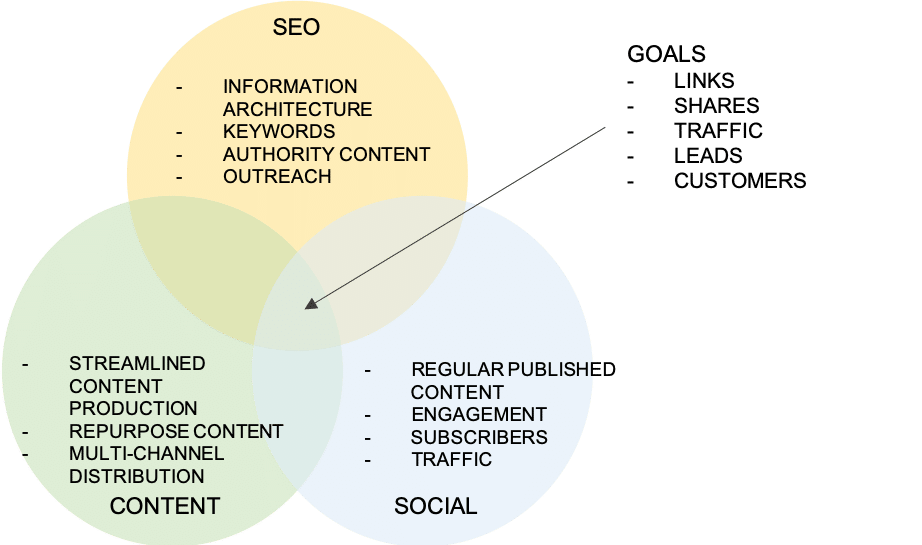

Key marketing actions:
- Set a clear goal for a blog aligned with your business goals, e.g. increase website traffic by 200% in 6 months, provide a percentage increase in leads.
- Set out a clear purpose for your blog and how it fits your target audience
- how will your blog help solve your customer’s problems?
- what are the key topics that you will blog about?
- what terms/keywords on each topic does your audience search for?
- what questions do they have?
- what are the problems they have that you can use to help them?
- what do your competitors blog about?
- what is the most shared/popular content on your competitor’s websites?
Remember as well that your blog can be a useful tool to improve open rates and engagement with your subscribers.
Remember that your blog content can be a vital part of capturing emails from potential customers. Furthermore, your blog content can be repurposed into your marketing funnels.
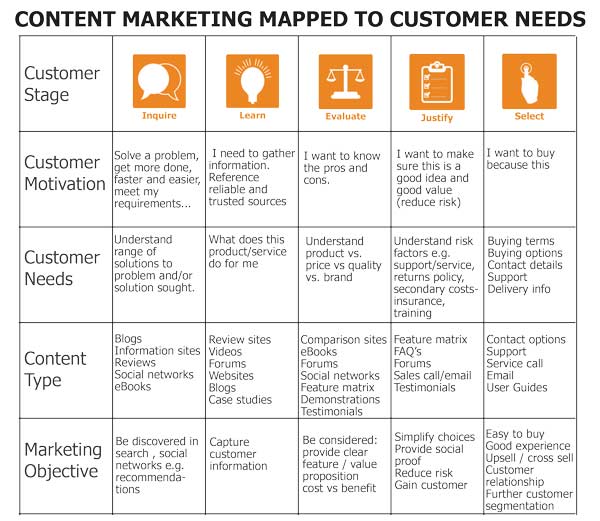
Research, research, research and then produce a plan before you spend too much time blogging.
Action: Set Your High-Level Business Goals
- Increase brand awareness:
- Increase the reach of your brand (paid and organic)
- Build engagement across social channels
- Improve customer targeting using paid advertising
- Increase customer acquisition:
- Volume of leads
- Customer journeys to optimize conversion
- Increase organic traffic to your website (SEO/Social/Content)
- Lower cost of acquisition per customer
- Extend customer lifetime:
- Increase the engagement of customers and the community.
- Increase the lifetime value of your customer.
2. Your Blog Is Not Integrated To Your Social Strategy
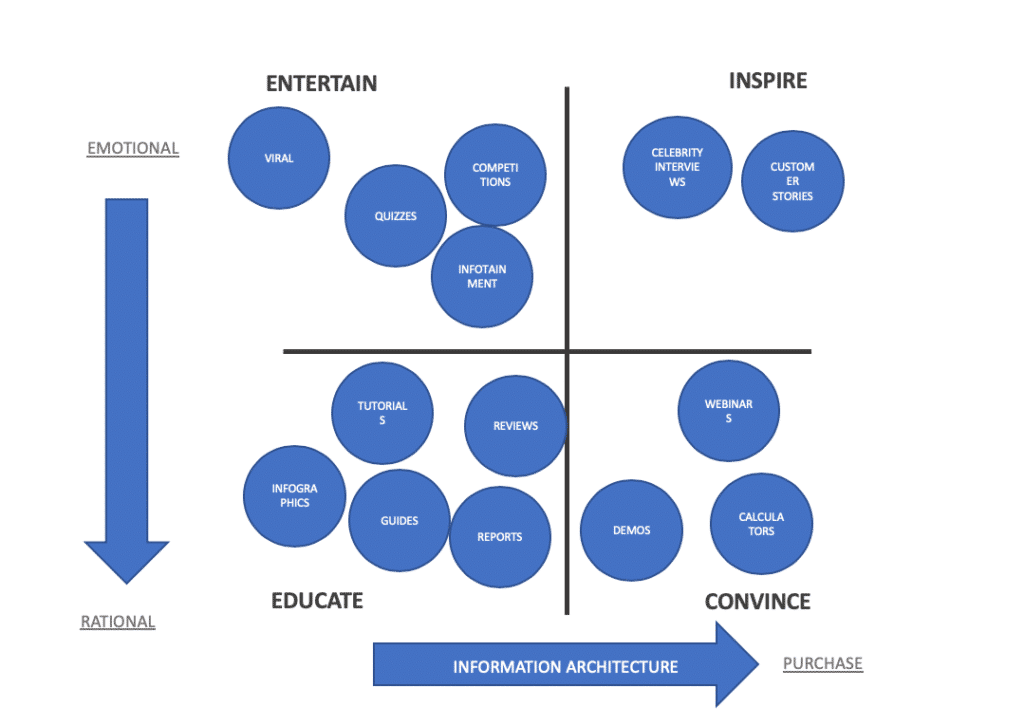
A social strategy without content as your central hub is unlikely to succeed.
Content forms the fuel for how your brand generates conversations around it. It is also the voice of your brand, the personality – the human side of your business.
Out of all your content, your blog forms a significant role in helping to develop conversations with your audience.
Key business blog actions:
- Plan your social strategy to fit the profile of your target audience.
- Generate simple marketing personas around them. Use these to identify which social networks they use and start to listen to what they are interested in, what problems they have…
- Use your blog to reach out to the questions and topics that interest them
- Use the social channels to promote your blog and build engagement
3. You Don’t Have Many Content Ideas

Outside of research projects or new services, there shouldn’t be any excuse not to provide useful information to your customers.
If you are not sure on this then merely Google some terms that you think are your ideas or unique to you.
If you understand your customers and how they buy, the customer journey, you can provide real value by merely helping them with information that answer their questions during this process.
Imagine for a moment you were selling an integrated HR planning platform, and your target audience is HR directors. You would want to get their attention and become a trusted source for quality content. Ideally, you would want them to subscribe to your blog and build a relationship.
At the time they are looking to buy then you are a known brand and trusted an expert. An example of blog posts might be “5 trends affecting HR directors” or “10 ways HR professionals can save time”. These blogs could provide helpful news and tips for HR directors.
Giving information away will help you not hinder you.
Key business blog actions:
- Map out your competitor content strategy?
- How you can differentiate your blog content?
- Map out the typical problems that your customers face when buying.
- Dig into how you make provide helpful information that makes those decisions easier.
- Look at AnswerthePublic – you will find a host of questions related to topics that people search for.
- Another tool is to use the Blog Idea Generator from Hubspot.
- Use Quora to find out what questions your audience are asking.
- Use the questions and put them into a logical order to create an online guide.
4. You Write Like A Corporate Robot
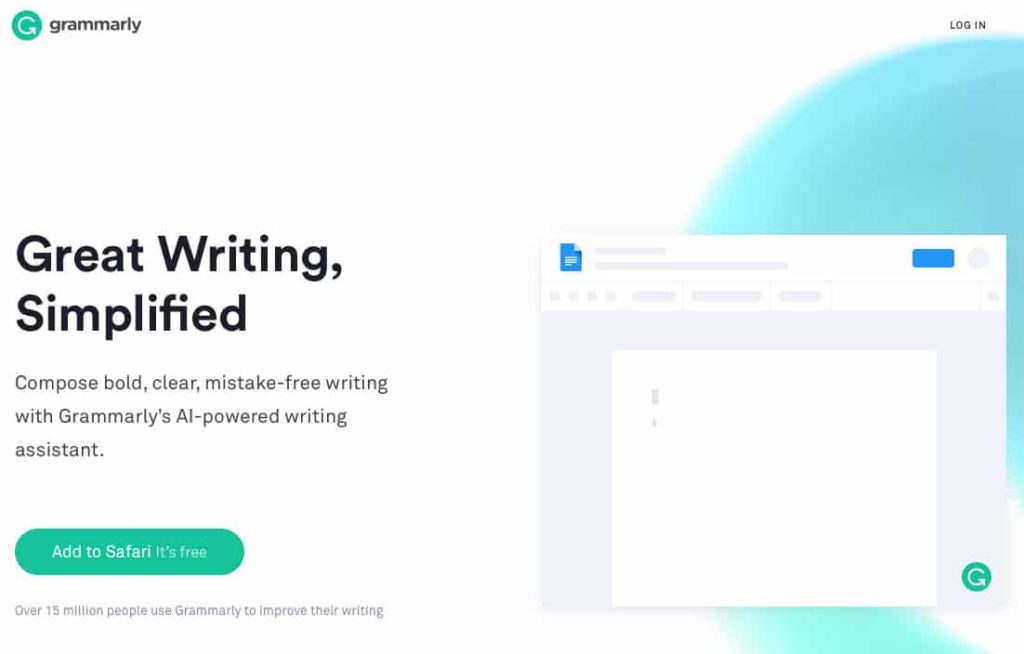
Writing for a blog is not the same as developing an essay back in the day when you were in school.
Blogging is generally more freestyle and you need to adapt to writing to your audience rather than in some form of academic style. Being natural is key.
There is a fear factor most people get about being judged, or not being liked.
The truth is if you are passionate about what you are writing about then the rest comes easy.
The best way to develop your style is just by doing it, but plan first, and it will save you the scary part of looking at a blank piece of paper and endless doubts filling your head.
Key business blog actions:
- Pick a topic you know is of interest to your customers and develop some headline topics that you know will interest them.
- Use a tool like Grammarly to help you
- For the production of visual content use a tool like
Canva . - For videos use like Videoscribe.
- There are lots of content marketing tools you can use to improve how you blog; including headline testers.
- To infuse personality into your own writing, try looking for ways to relate to your readers on the topic you’re writing about — then write in the first person as if you’re hanging out with them and chatting about it.
- Build this out until you have enough for a month’s worth – (this depends on how many posts per month is right for you)
- Before releasing your blog, practice by building out ten blog posts and then ask some friends for feedback to help edit and refine them.
- By the time you come to release them, you will be a practised blogger!
- Develop a content schedule
5. You Only Focus On News
How many websites have you visited that used to have a news section but no news!
PR is, of course, worthwhile and has its place but too much spin can turn customers off. Good PR is relevant to its audience, involves them or entertains them and delivers a clear brand message.
But thinly disguised press releases regularly chucked into a blog do not warrant being called a blog.
We all like stories and are hard-wired to tune into them. So creating stories that are about your people, your customers and have a unique angle form part of your blogging editorial.
Key business blog actions:
Businesses often think that blogging has to be produced by one person, e.g. someone from the senior team or the head of marketing.
The truth is you probably can spread the load of blogging across your business and as a result get a greater variety of posts, more ideas and more regular content.
- Research your customers: ask them directly, use your sales teams and when you meet them. Find out the heroes amongst them.
- Look for employees that can help you generate ideas and write.
- Build out stories that fit your brand – your passion for your business, your quality of service or products, your attention to customer service.
- Who would have thought that a blender was that exciting?
- If you are going to use a team, then set out clear roles and responsibilities
- Define an editorial process including a review process
- Set clear goals, objectives and measures for your blogging
- Meet regularly to review performance, discuss editorial ideas and adjust editorial calendar based on results
- Learn how to blog:
- Copyblogger – great tips and methods on how to blog
- Problogger – packed full of useful videos and resources
The first thing to do is commit to blogging. Then set out a project and timescales to learn and develop your capabilities.
Team Blogging
If you’re are part of a marketing team, then split out roles and share learning as you develop your skills, knowledge and experience. Some useful blogging tools for teams:
- Use Coschedule to coordinate content production in your team.
- Collaborative Keyword and Content Research keyword research tool. There are a few solid options out there, but
Serpstat is the one I use the most. - Stormboard allows members of a team to share their ideas and contribute.
- Bynder allows users to create, edit, and organize brand-owned content assets.
- Cyfe – share web analytics so that you keep on track of your performance.
6. You Don’t Use Facts and Reports
Let’s say I’m writing a blog post about why businesses should consider using Instagram for marketing. When making that argument, which of these seems more convincing?
- “It seems like more people are using Instagram nowadays.”
- “Instagram’s user base is growing faster than other social networks. As an example, Instagram grew 10.1% in 2018, compared to just 3.1% growth for the social networks sector as a whole.”
The second, of course.
Arguments and claims are much more compelling when rooted in data and research.
You don’t just have to convince people to be on your side about an issue — you need to convince them to take action.
Data-driven content catches people’s attention in a way that fluffy arguments do not.
Key business blog actions:
In any good story, you’ll introduce the main argument, establish proof and then end with a takeaway for the audience. You can use data in blog posts to introduce your main argument and show why it’s relevant to your readers, or as proof of it throughout the body of the post.
- Source industry reports – make a note in your diary if they are produced annually.
- Look for analysts and other data sources. Some examples:
- Nielsen
- Gartner
- McKinsey
- Deloitte
- eConsultancy
- Statista
- Mintel
- Identify any market research reports that relate to your industry.
- Make a note in your diary if they are annual reports.
7. You Are Not Creative.
Many people already believe they are not creative, yet this can easily be overcome. Each one of us is a special kind of artist.
Every one of us is born an original, spontaneous thinker. The only difference between people who are creative and people who are not is a simple belief. Creative people believe they are creative.
There are lots of ways to generate useful and relevant blog content for your target audience. You can, of course, ask them as well what they would like from you.
Business Blog Actions:
- interview leaders in your sector and write about it.
- report on trends in your market, how they will affect your customers and what they do about them.
- write about big events that take place and summarise your thoughts on them.
- look at any industry reports and put your angle and perspective on it.
- produce a survey or poll and then write a blog on the results.
8. Because Your Website Isn’t Designed for Blogging.
An excellent blog deserves a good home. To blog consistently, you need to have an easy to use content management system (CMS) to publish your posts.
Many a business has hard-coded websites or CMS’s that are not user-friendly. By far and away the best platform is WordPress (there now over 80M WordPress websites/blogs).
Key business blog action:
- Review your current website and CMS and assess if it is fit for purpose
- If you are investing a lot of time and resources, make sure it looks good and reflects your brand
- Add in style elements to your blog to break up the format and make it more interesting
Make it visually appealing and substantial – the web is getting easier to read!
9. Schedule Your Posts and Be Consistent
The last one is the hardest and a good reason why many businesses don’t blog. Many companies are still uncertain of the benefits of blogging and unsure of any return on investment.
I may be controversial here, but I still see a generation gap in the digital world. Some people have embraced it while others still are wary of it particularly at old senior levels of management. Some people just prefer to stick to what they know and have tried before.
In larger businesses it is often a cultural shift on a larger scale that is needed and blogging is part of a broader social marketing strategy.
Key marketing actions:
If you have internal resistance to change then build the case for blogging/social marketing:
- Produce a business proposal for how social marketing and blogging can benefit your business
- Use case studies (here are some interesting ones from Warwick Uni for instance)/ reports and best practice.
- Lobby people internally and find out who is blogging anyway! on their own blog
Well, there you have it ten reasons a business shouldn’t blog – what do you think should every business blog?
10. You Don’t Use Analytics To Test and Improve
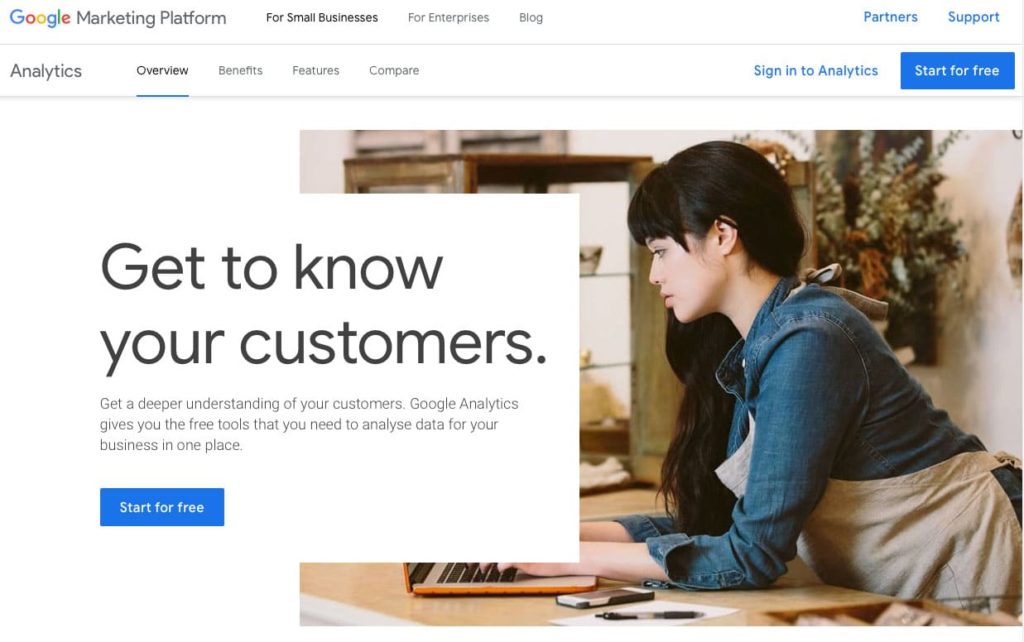
Sometimes you can produce a blog post and it will do ok but not great.
After a month you might notice it isn’t receiving any traffic or isn’t ranked very well.
The goal now is to improve that post.
The way to think about this is that if you need to improve each of your blog posts over time. Optimise the heading, improve the content, create more backlinks.
Not only will this improve how your audience engages with your content it will also increase overall traffic to your site. Furthermore, don’t forget to build out the internal links to relevant related content.
Bonus Business Blog Ideas Infographic


